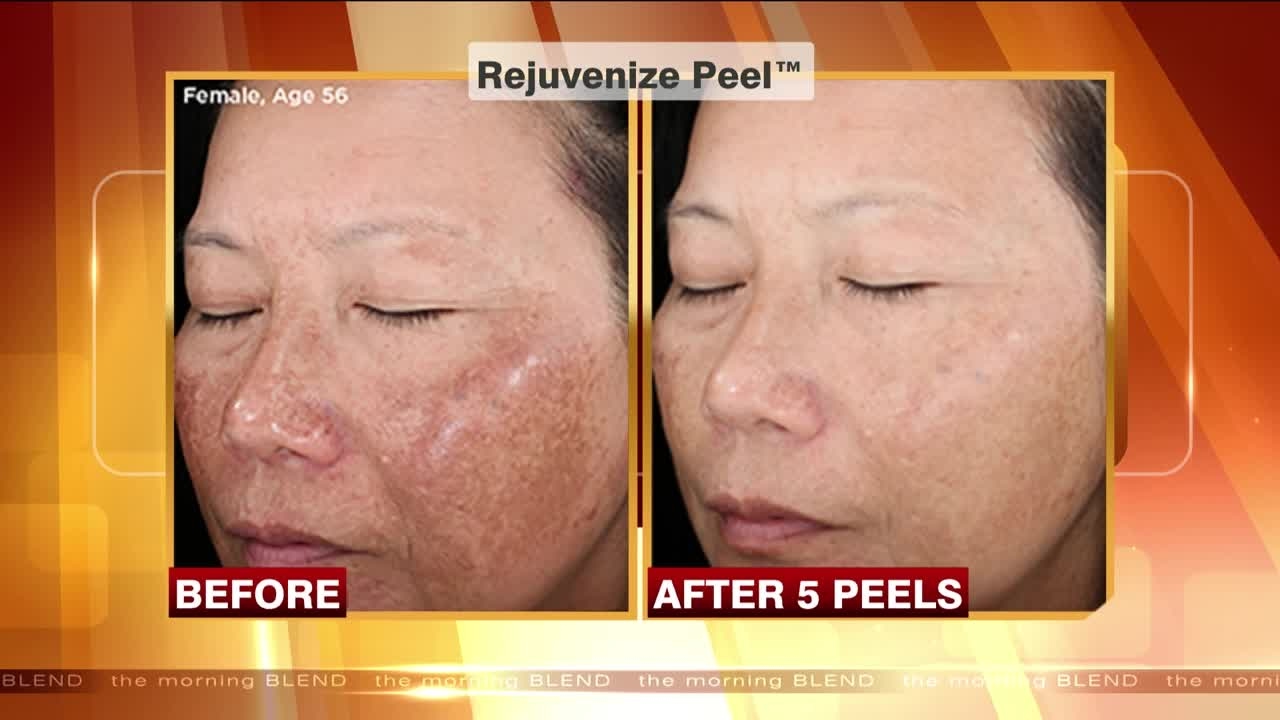Benefits of Chemical Peel
Chemical peels are a popular cosmetic procedure that can provide numerous benefits for the skin. In this article, we will explore the various advantages of chemical peels and how they can help improve your skin’s appearance and texture.
Enhanced Skin Texture
A chemical peel is a powerful exfoliation technique that removes the outermost layer of dead skin cells, revealing a fresh and radiant complexion underneath. By sloughing off these dull and damaged skin cells, chemical peels can significantly improve skin texture, making it smoother, softer, and more youthful.
Reduced Signs of Aging
One of the key benefits of chemical peels is their ability to reduce the signs of aging. As we age, our skin naturally develops fine lines, wrinkles, and age spots. Chemical peels can effectively diminish these visible signs of aging by stimulating collagen production and promoting cell turnover. This leads to a more youthful and rejuvenated appearance.
Improved Skin Tone
Uneven skin tone, hyperpigmentation, and sun damage can make your skin look dull and lackluster. Chemical peels can help improve skin tone by targeting these issues. The peeling process removes the outer layer of damaged skin, revealing a more even and balanced complexion. This can be particularly beneficial for individuals with sunspots, melasma, or post-inflammatory hyperpigmentation.
Treatment of Acne and Acne Scars
Chemical peels can also be an effective treatment for acne and acne scars. The exfoliating properties of the peel help unclog pores, reduce inflammation, and control oil production, leading to a decrease in acne breakouts. Additionally, chemical peels can help fade acne scars by promoting collagen remodeling and skin regeneration.
Minimized Pore Size
Enlarged pores can be a common concern for many individuals. Chemical peels can help minimize pore size by removing dirt, oil, and debris that can clog the pores and make them appear larger. By keeping the pores clean and unclogged, chemical peels can create a smoother and more refined skin texture.
Enhanced Product Absorption
After a chemical peel, your skin becomes more receptive to skincare products. With the removal of the outermost layer of dead skin cells, the active ingredients in your skincare routine can penetrate deeper into the skin, maximizing their effectiveness. This allows for better absorption of moisturizers, serums, and other treatments, resulting in improved overall skin health.

Chemical peels offer a wide range of benefits for the skin, including enhanced skin texture, reduced signs of aging, improved skin tone, treatment of acne and acne scars, minimized pore size, and enhanced product absorption. If you are looking to improve your skin’s appearance and achieve a more youthful and radiant complexion, consider incorporating chemical peels into your skincare routine. Consult with a qualified dermatologist or skincare professional to determine the most suitable type and strength of chemical peel for your specific needs.
Frequently Asked Questions
1. What is a chemical peel?
A chemical peel is a cosmetic procedure that involves the application of a chemical solution to the skin, which helps to improve its texture and appearance.
2. What are the benefits of a chemical peel?
A chemical peel can provide several benefits, including:
Improving skin tone and texture
Reducing the appearance of acne scars
Minimizing fine lines and wrinkles
Stimulating collagen production
Removing dead skin cells
Reducing hyperpigmentation
3. How long does it take to see the results of a chemical peel?
The results of a chemical peel may vary depending on the individual and the type of peel used. Generally, you can expect to see noticeable improvements within a week or two after the treatment.
4. Are chemical peels suitable for all skin types?
Chemical peels can be tailored to suit different skin types and concerns. However, it is important to consult with a dermatologist or skincare professional to determine the most suitable peel for your specific skin type and condition.
5. Are chemical peels painful?
Chemical peels may cause a mild stinging or burning sensation during the treatment, but the discomfort is usually minimal and temporary. Your skincare professional can provide appropriate measures to minimize any discomfort.
6. How long is the recovery period after a chemical peel?
The recovery period can vary depending on the depth of the peel. Superficial peels may have little to no downtime, while deeper peels may require a few days or weeks for the skin to fully heal.
7. Are there any risks or side effects associated with chemical peels?
While chemical peels are generally safe, they may carry some risks and side effects such as redness, swelling, temporary skin sensitivity, and changes in skin color. It is essential to follow post-treatment instructions provided by your skincare professional to minimize these risks.
8. How often should I get a chemical peel?
The frequency of chemical peel treatments depends on various factors, including your skin type, concerns, and the type of peel used. Typically, a series of peels may be recommended, spaced a few weeks apart, followed by maintenance treatments every few months.
9. Can I combine a chemical peel with other treatments?
Yes, chemical peels can often be combined with other cosmetic treatments such as microdermabrasion, laser therapy, or facial rejuvenation procedures to enhance the overall results. Your skincare professional can guide you on the best combination for your specific needs.
10. Are there any precautions I should take before and after a chemical peel?
Before a chemical peel, it is important to avoid excessive sun exposure, discontinue the use of certain skincare products, and inform your skin care professional about any medications or medical conditions. After the peel, you may be advised to follow a specific skincare routine and avoid direct sunlight for a few days.




